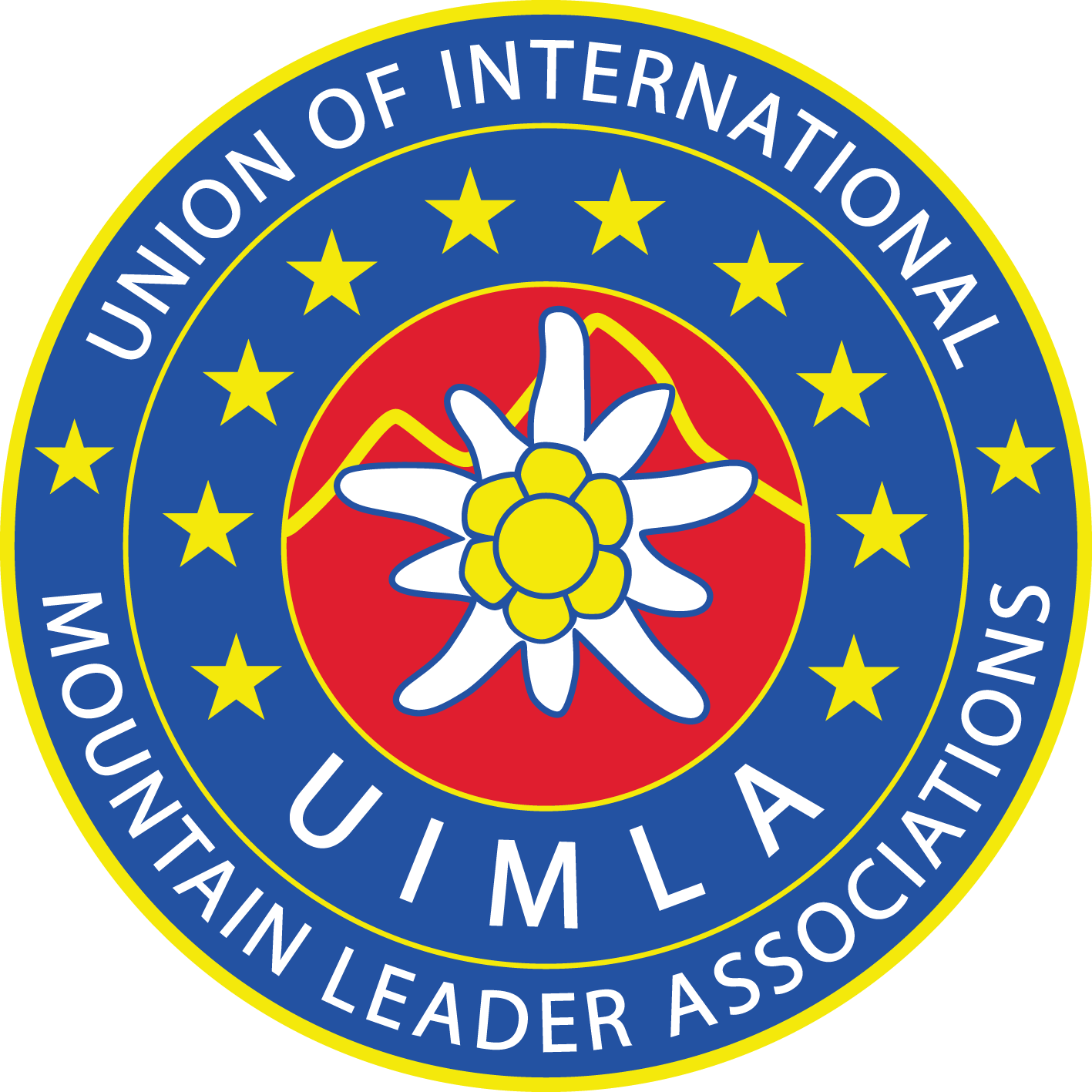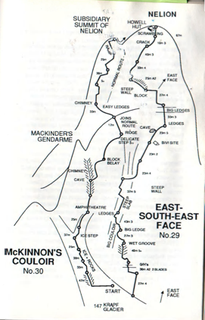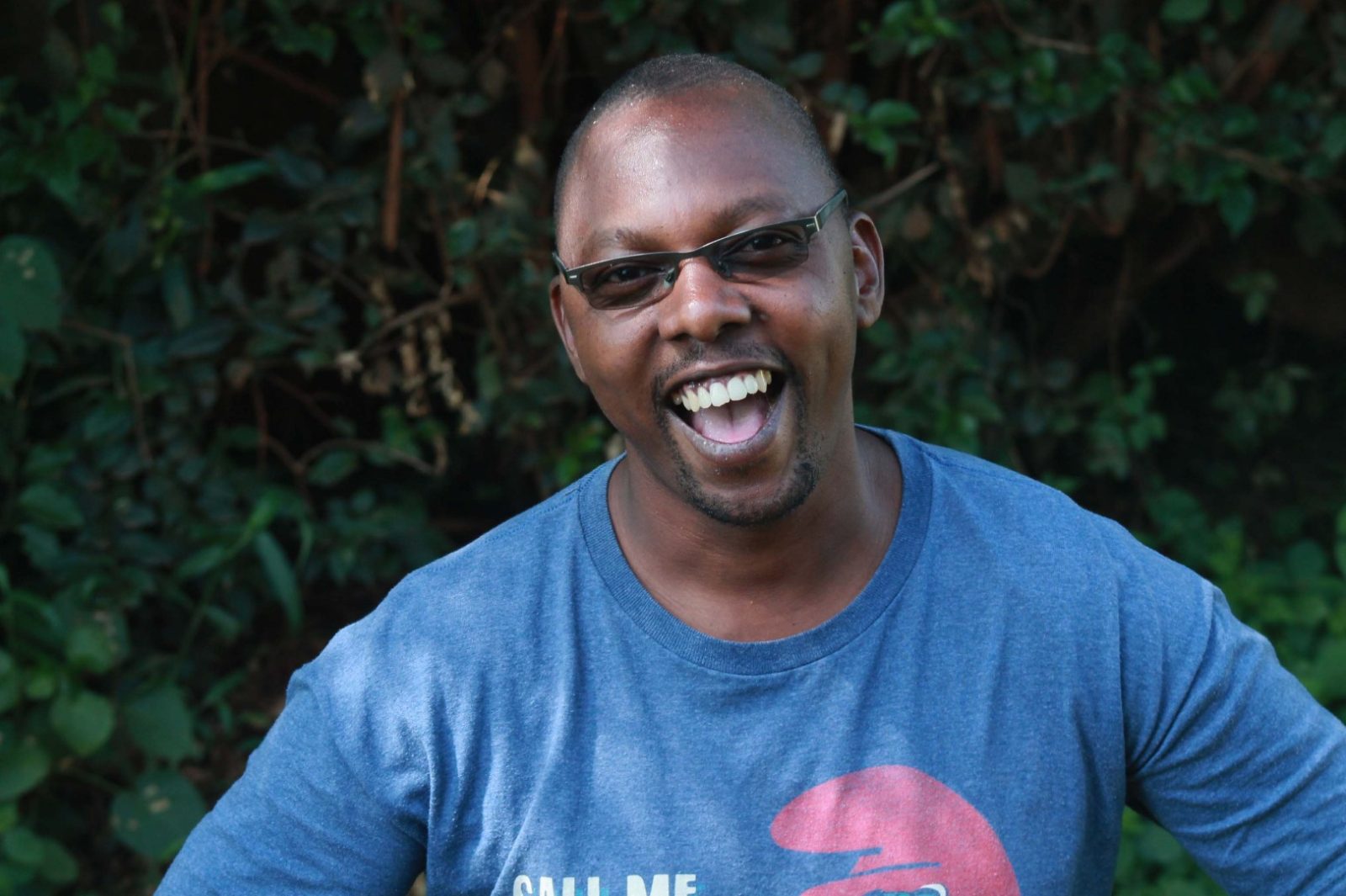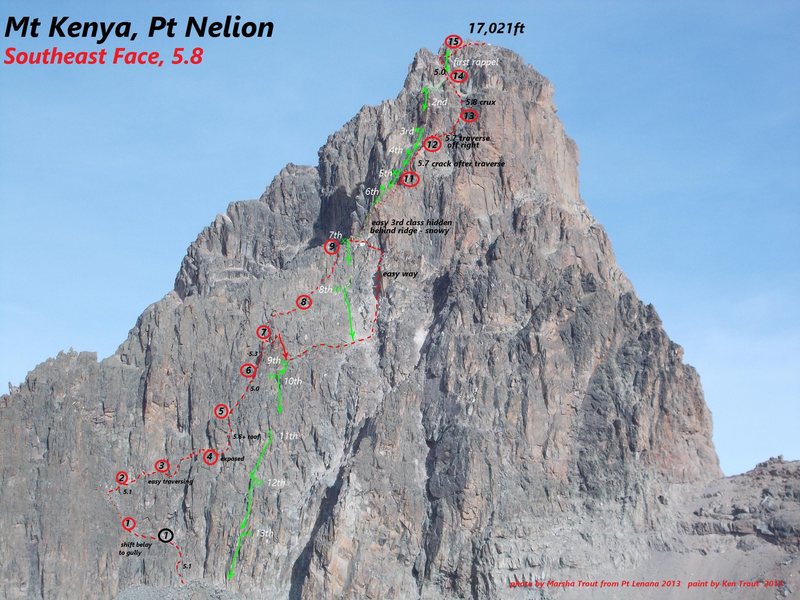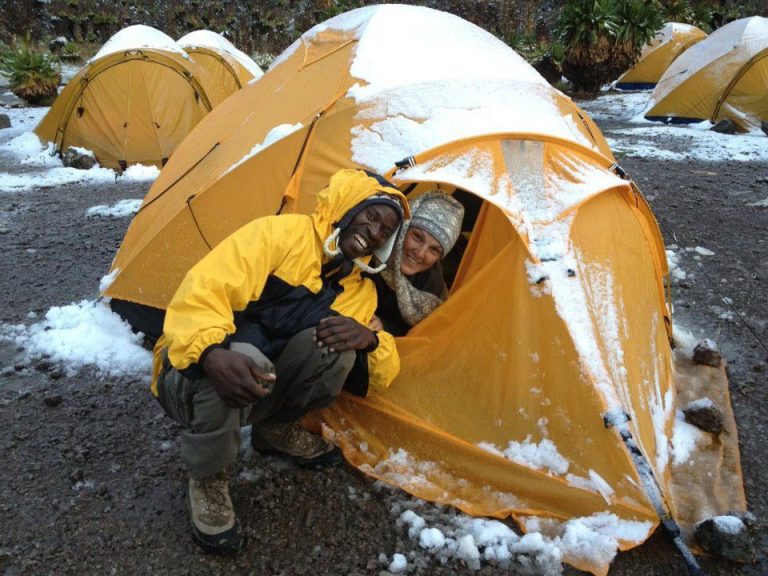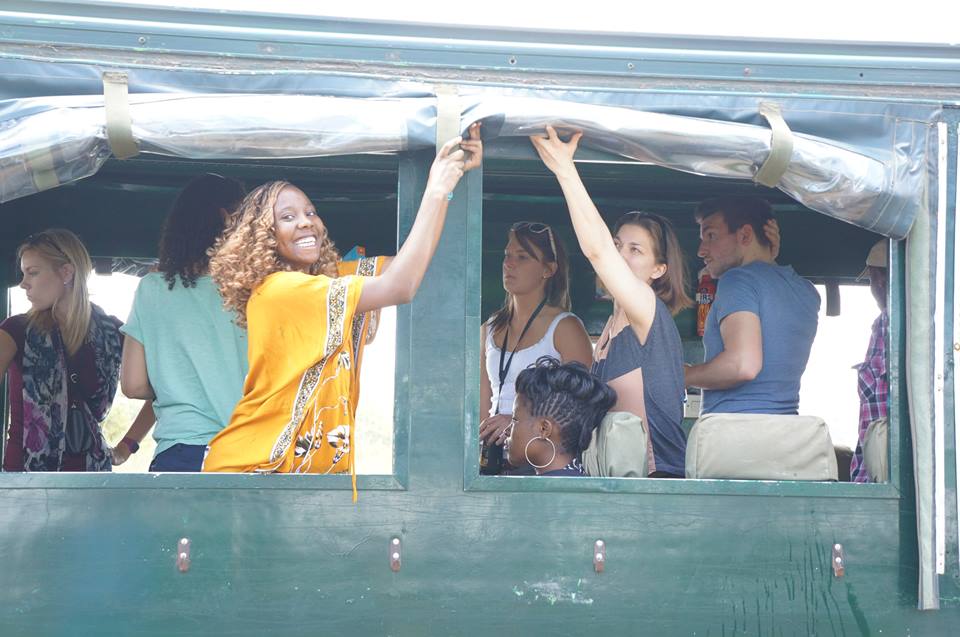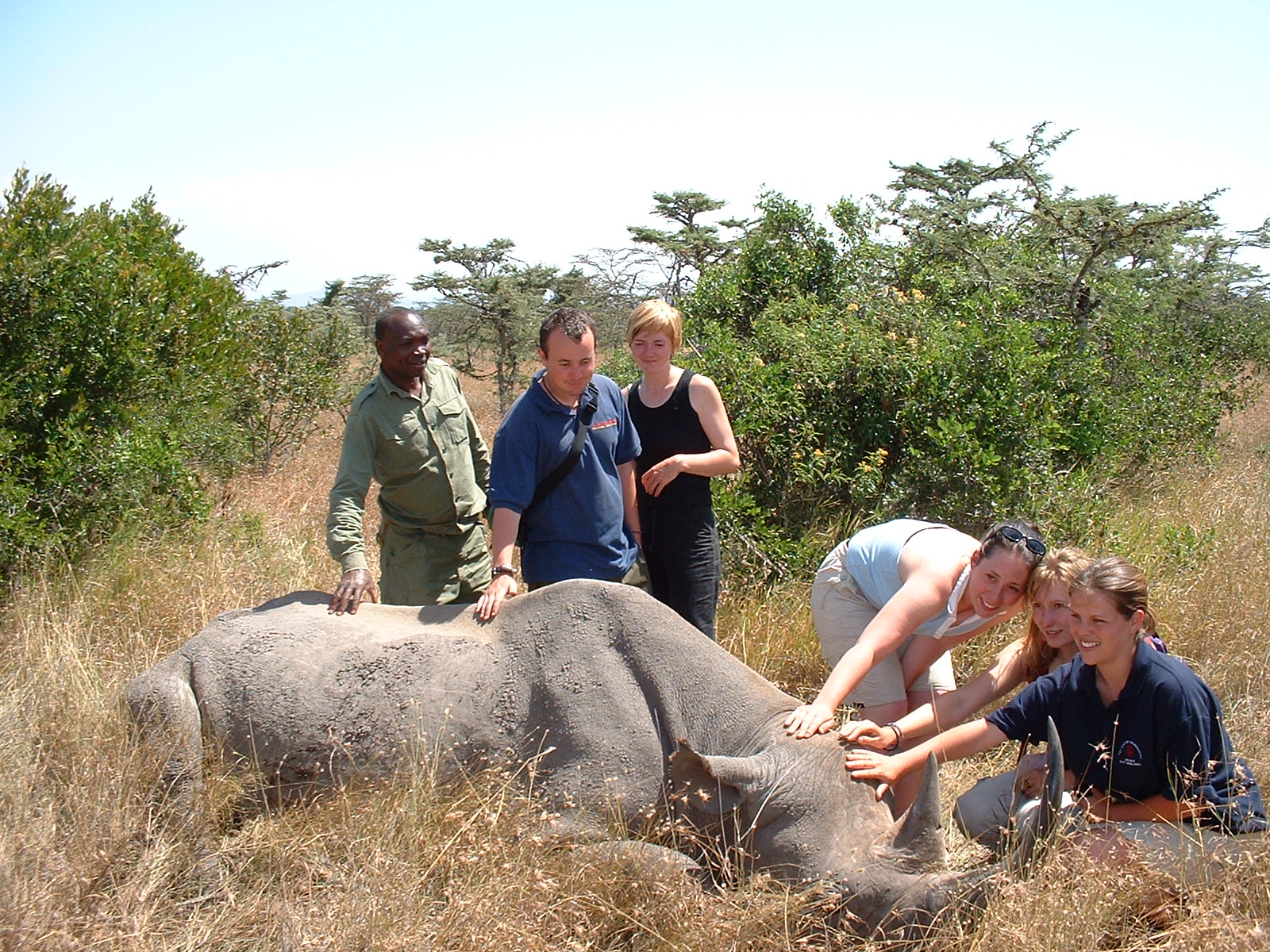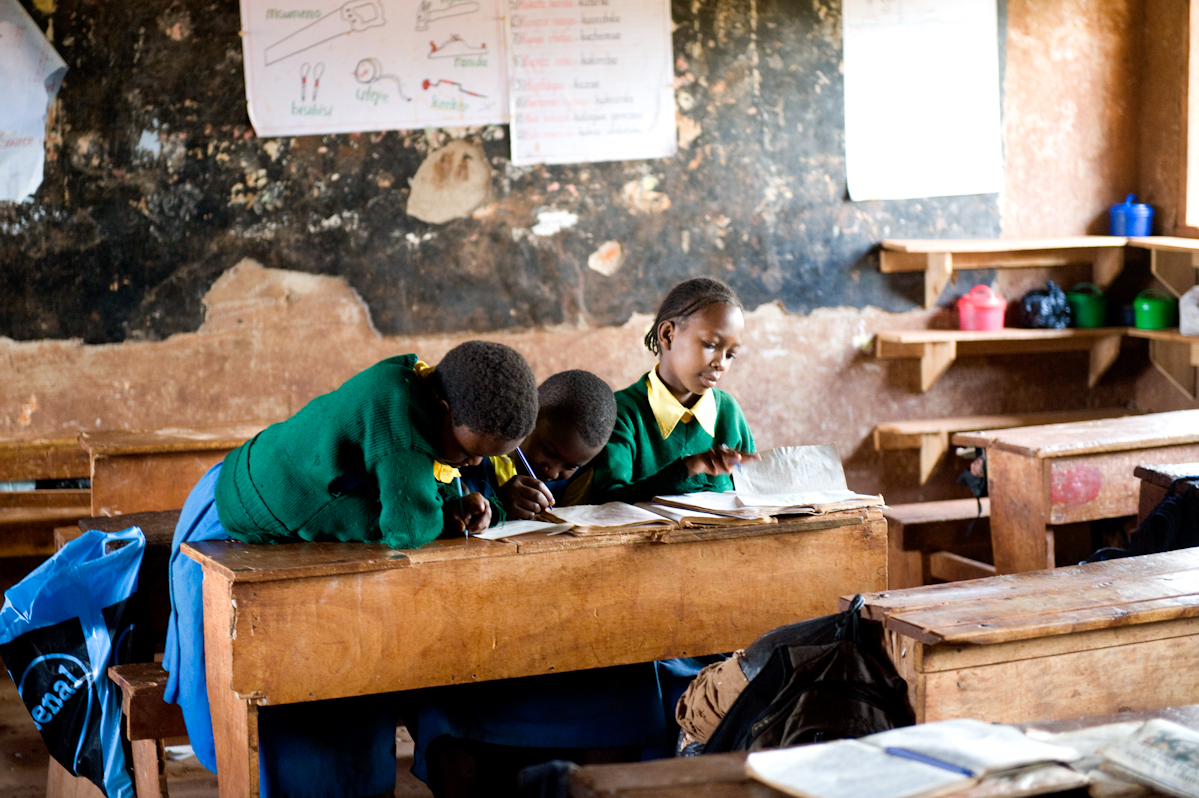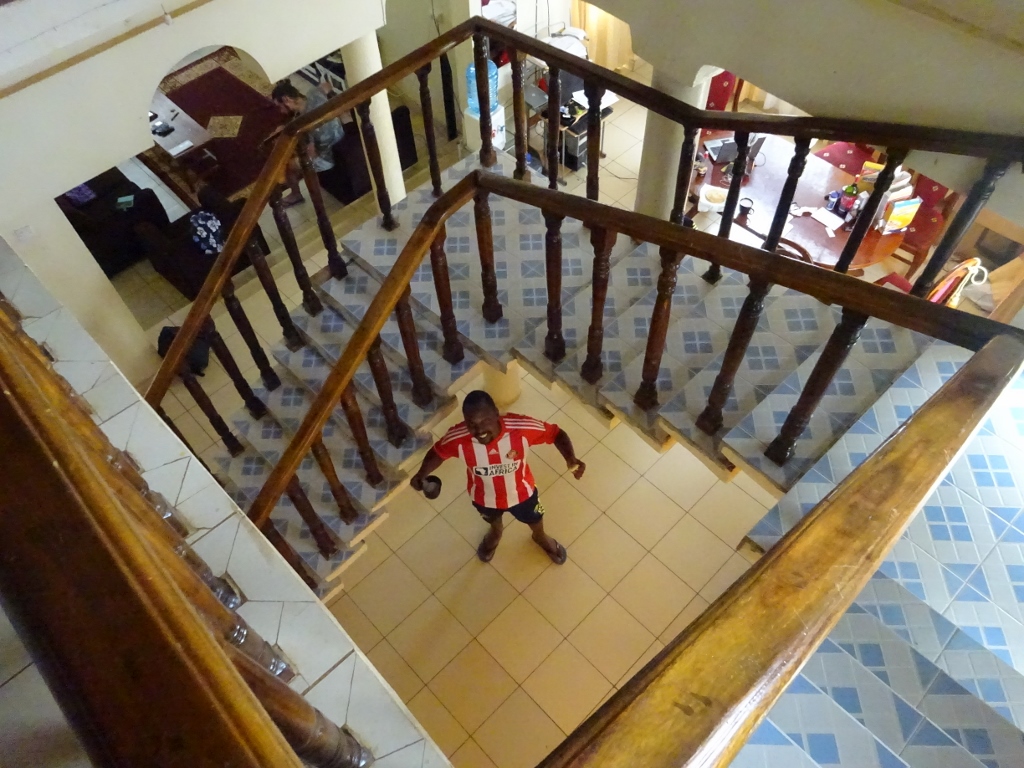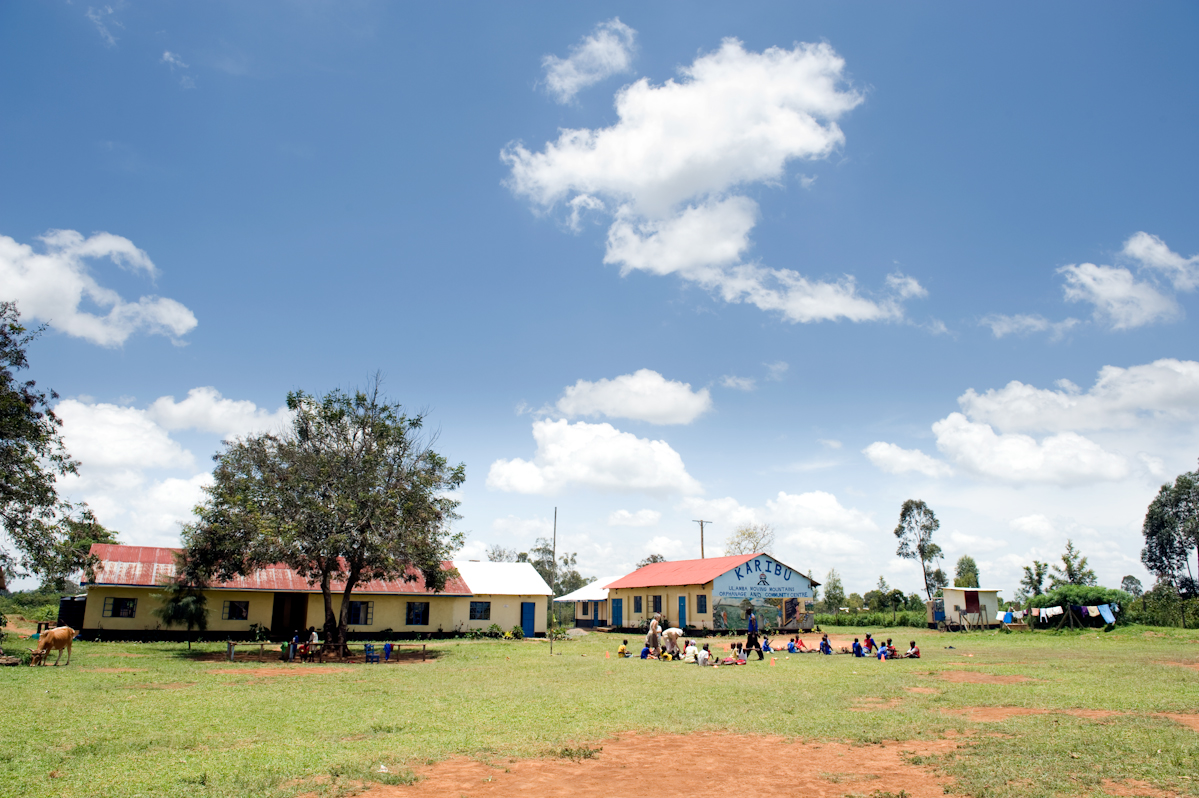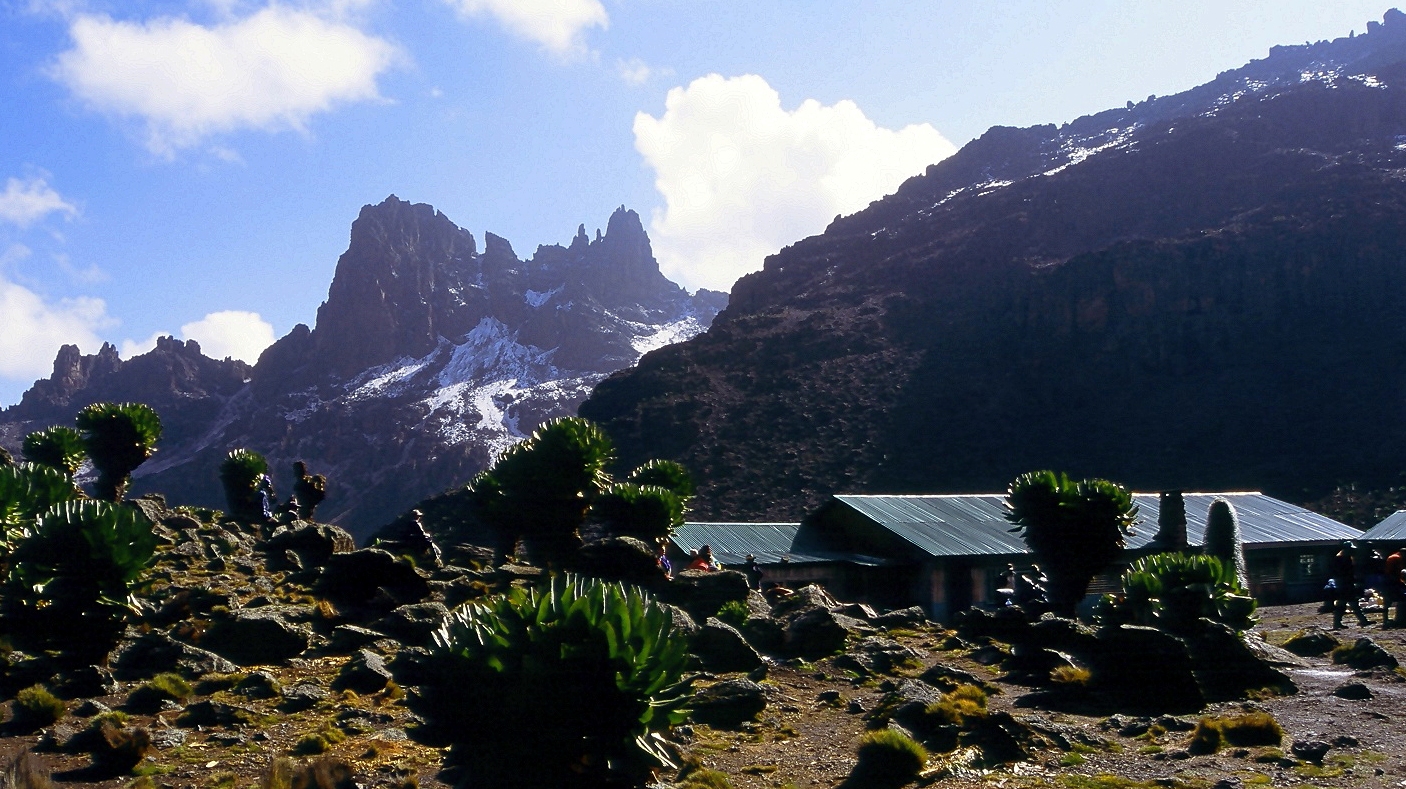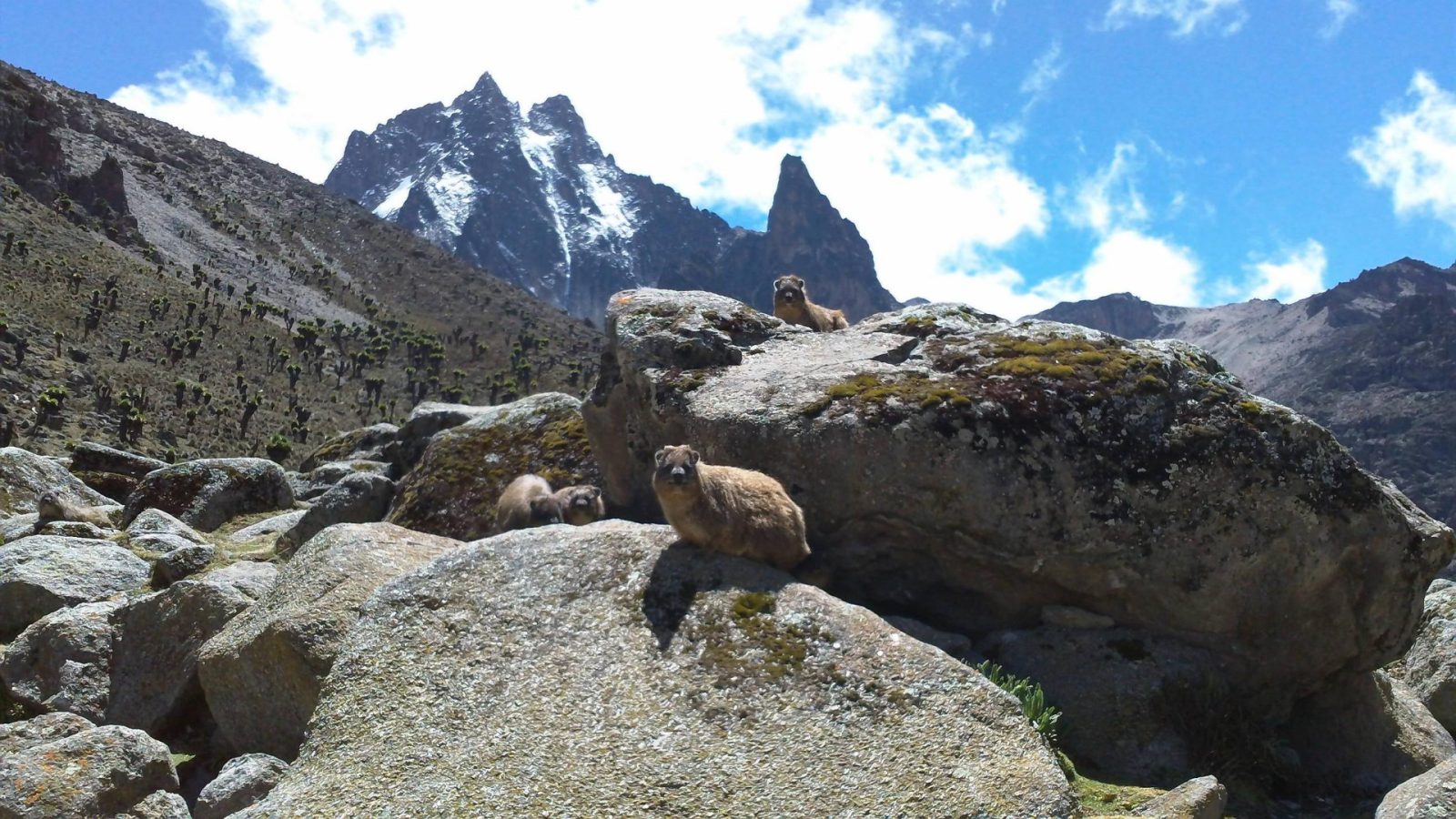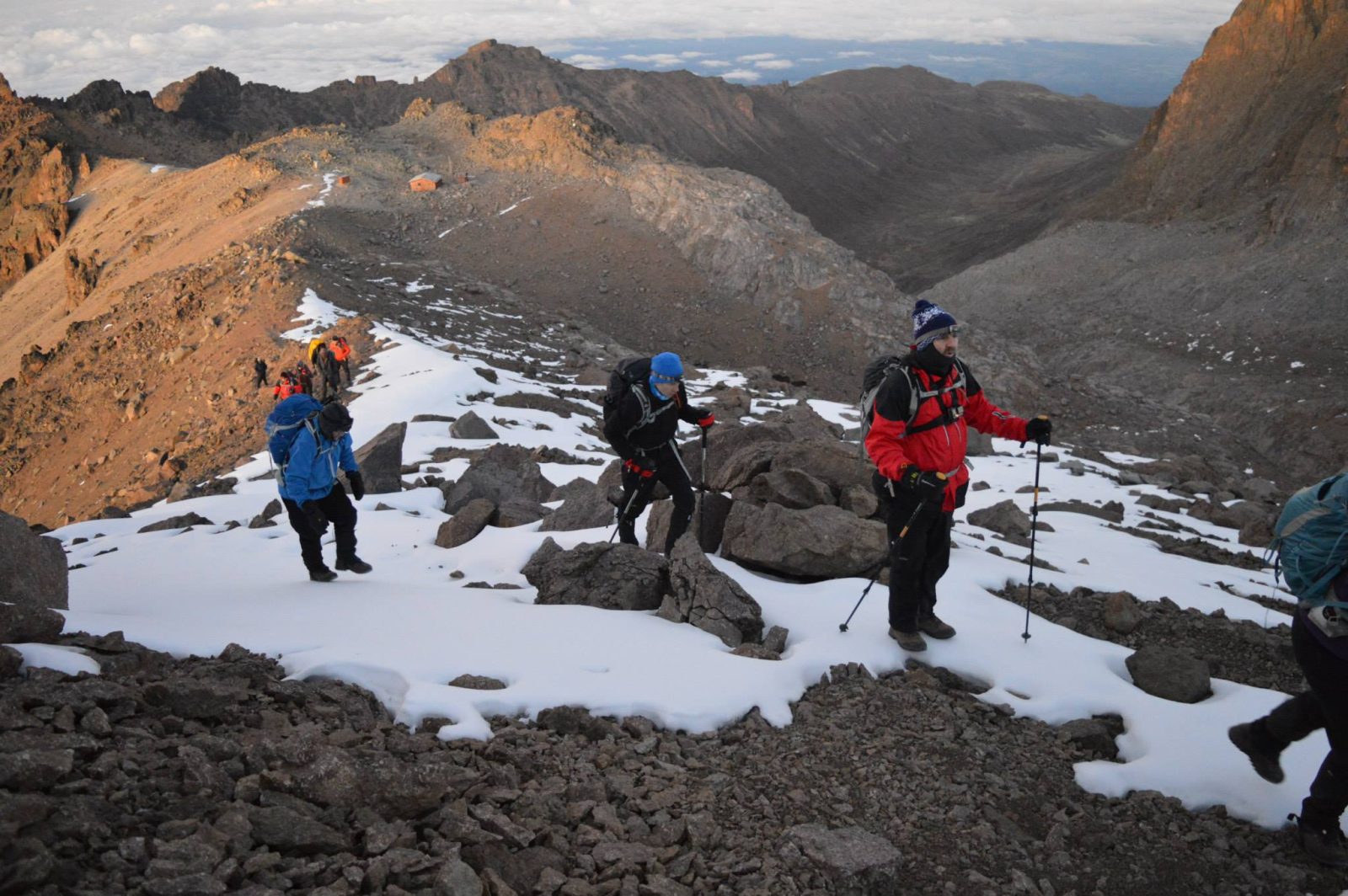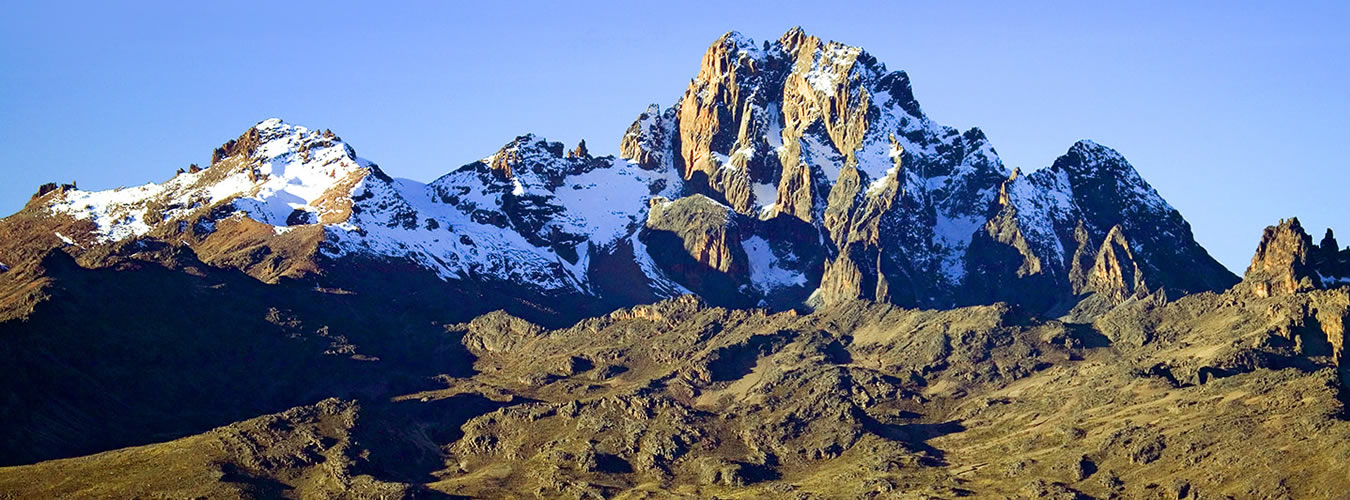
Mount Kenya Nelion Peak
We offer guided ascents of the South East Face standard route to the summit of Nelion (5188m), the second highest of Mount Kenya and only around 10m lower than the highest peak of Batian.
Overview
After the trek in and acclimitisation on the Naro Moru or Sirimon route, the technical climb is normally completed in one long day as a series of 18 – 20 pitches, although it is possible to bivouac on the summit in the Howell Hut and descend the next day.
The best months to summit Nelion are generally December – March when the sun will be on the route and it will be relatively dry, although it’s wise to always anticipate and prepare for rain, snow and wind. Always take a lightweight warm sleeping bag and bivi bag with snacks just in case.
The crux of the climb is UIAA IV- or a UK hard severe or American 5.5, although the altitude may make it seem harder than this. Most passages are II-III or Diff/V Diff. De Graaf’s variation is commonly used by guides now and is the crux move, it’s slightly longer but less exposed than the Rickety Cracks, and it has excellent protection with a bolt on the upper part of the pitch where there is an awkward step out.
The route is about 400 vertical metres, and doesn’t follow a direct line; route finding can be tricky in low visibility. A lot of the route is roped-up steep scrambling and running belays on steep rock, with the longest pitches around 50- 60 metres. A strong efficient climber who is well acclimatized can move swiftly and reach the summit in about eight hours. Although the guide will lead, it’s important to have good belay skills when seconding and be familiar with all types of belay devices.
The descent is a series of abseils following a slightly different line to the ascent and using bolted rings in the rock. It is important to be competent in abseiling unassisted (without a top line) and be completely familiar with using descenders. It is possible to descend with 8 abseils but guided climbs commonly take up to thirteen.
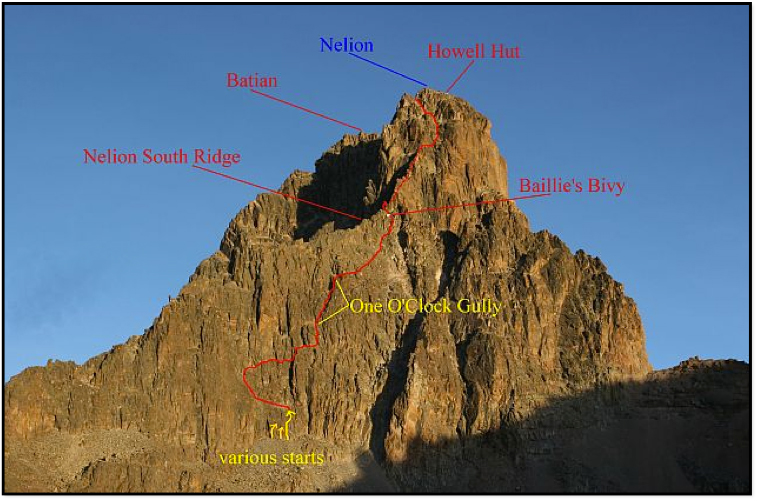
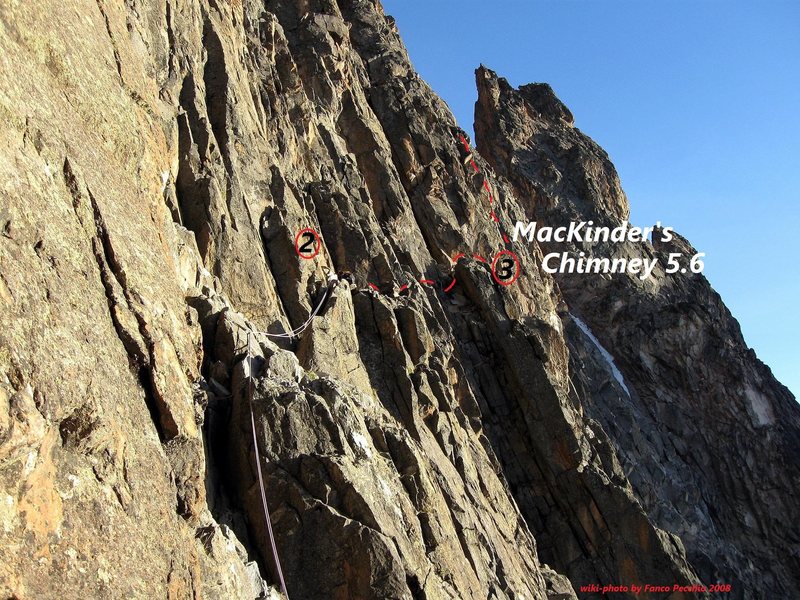
What Our Adventurers Think:
Suggested Itinerary
The rainy seasons in Kenya are usually April, May and November. Therefore the normal times for a climb are December to February with March also being an option. If you would like to climb in the July-September season then please see our page for climbs of Batian via the North Face Standard Route.
The following is a suggested itinerary to give a great overview of the mountain in general and also to promote good acclimitisation ahead of the climb.
| Day | Summary |
| 1 | Transfer from Naro Moru town to the National Park Gate and trek to Met Station |
| 2 | Trek from Met Station to MacKinders Hut |
| 3 | Trek from MacKinders Hut – Tyndal Glacier – Hausberg Col and on to Shiptons Hut |
| 4 | Trek Shiptons – Point Lenana – Austrian Hut |
| 5 | Climb Day: Austrian Hut – Nelion* – Austrian Hut** |
| 6 | Climb Day: Spare day for poor weather – alternative climbs/trek if already summited |
| 7 | Trek from Austrian Hut to Lake Ellis and on to Meru Bandas for 4×4 transfer to Chogoria town |
You are welcome to adjust the itinerary and add a safari, please do discuss options. Ol Pejeta Conservancy is very close to Naro Moru (or a reasonably short drive from Embu) and is a great location for a safari.

